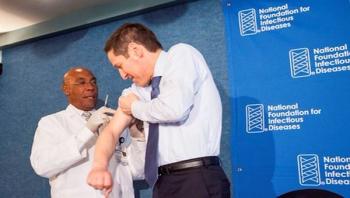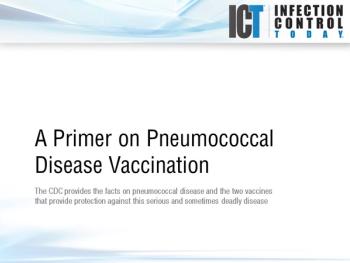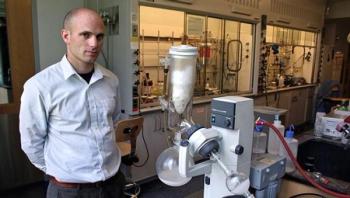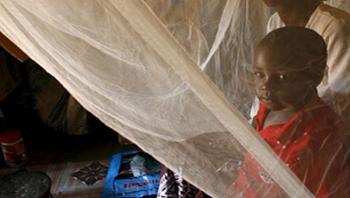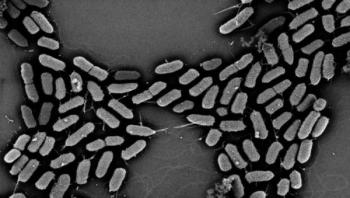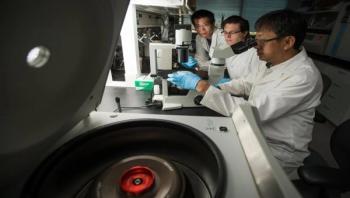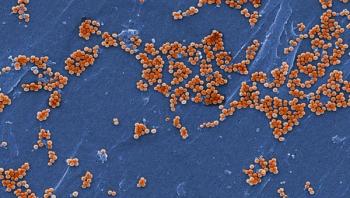
As drug-resistant strains of bacteria and viruses continue to arise, St. Mary’s Health Care System in Athens, Ga. is taking an innovative step to help protect patients from infection: the Athens hospital is the first in Northeast Georgia to use powerful ultraviolet radiation to treat surgical suites, isolation rooms and other areas of the hospital.

